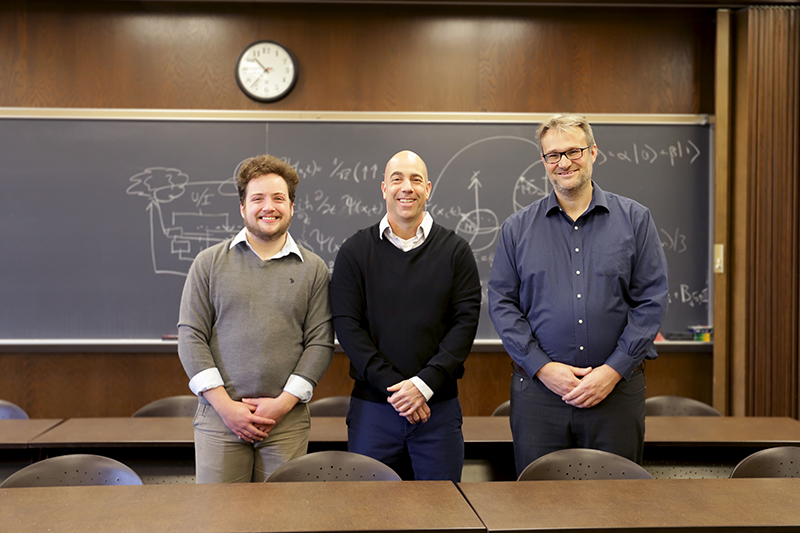Insider Brief
- Purdue-connected software company Quantum Research Sciences (QRS) has received a $2.5 million, three-year Phase III Small Business Technology Transfer (STTR) contract from the U.S. Air Force.
- The contract is for the delivery of the Department of Defense’s first operational, production-level quantum computing software.
- The Air Force will be the first customer, but the software’s capabilities will allow it to be utilized throughout the DOD.
PRESS RELEASE — Purdue-connected software company Quantum Research Sciences (QRS) has received a $2.5 million, three-year Phase III Small Business Technology Transfer (STTR) contract from the U.S. Air Force to deliver the Department of Defense’s first operational, production-level quantum computing software.
CEO Ethan Krimins said the company has used a quantum computer to accurately identify optimal inventory levels, including for parts with sporadic or infrequent demand. The Air Force will be the first customer, but the software’s capabilities will allow it to be utilized throughout the DOD.
Headquartered in Lafayette, QRS is a Purdue Innovates client company and an affiliate company of the Purdue Quantum Science and Engineering Institute.

Supply chain challenges
A majority of the world’s inventory, whether it be in the military or private industry, sits on the shelf because user demand is not easy to predict. The Air Force considers much of its inventory unforecastable, and the consequence is that too many or too few parts are in the supply chain.
“Not having adequate inventory puts stress on industrial and supplier sourcing processes, while excess inventory has costs associated with storage, security, maintenance, theft and design obsolescence,” said Curtis Mears, director of the USAF 418th Supply Chain Management Squadron.
Most government agencies, military organizations and commercial corporations employ forecasting technology that predicts future inventory levels based on historical demand. The chances are slim that the prediction will be accurate.
“At best, a supply chain forecast is an educated guess; at worst, it is a wild guess,” Krimins said. “For organizations, the consequence is tens of millions of dollars tied up in inventory that can’t be sold, utilized or liquidated.”
A quantum software solution
QRS has turned the problem of supply chain inventory management into an optimization scenario, something that quantum computers are uniquely capable of solving.
“Quantum computers are excellent at optimization: quickly identifying the most efficient solution in a complex situation,” said Chris McCorkle, USAF 418th Data Science and Analysis Flight Chief. “Looking at the supply chain management problem as an optimization scenario allows us to harness quantum computers to determine how many items should be on a shelf more accurately than a classical computer can.”
The results? “QRS quantum computer software is achieving a 28% improved accuracy over classical computers,” Krimins said.
Value isn’t just in determining how many items should be in inventory.
“An optimal solution includes three answers: how many parts are needed, when they are needed and how they get there,” Krimins said. “The cost of our quantum software quickly pays for itself by providing organizations with the data to answer these questions without guessing or estimating.”
Contracting with the U.S. Air Force
Mears said, “The Phase III contract with the U.S. Air Force builds upon three years of effort with this technology.”
“We designed the software under a USAF Phase I STTR. It was developed into a prototype during Phase II,” Krimins said. “The culmination of our work, moving from prototype to real-world production, occurs in Phase III. The process has been a collaborative one from the start, and it would not have been possible without support from the Air Force and Purdue.”
If you found this article to be informative, you can explore more current quantum news here, exclusives, interviews, and podcasts.
















